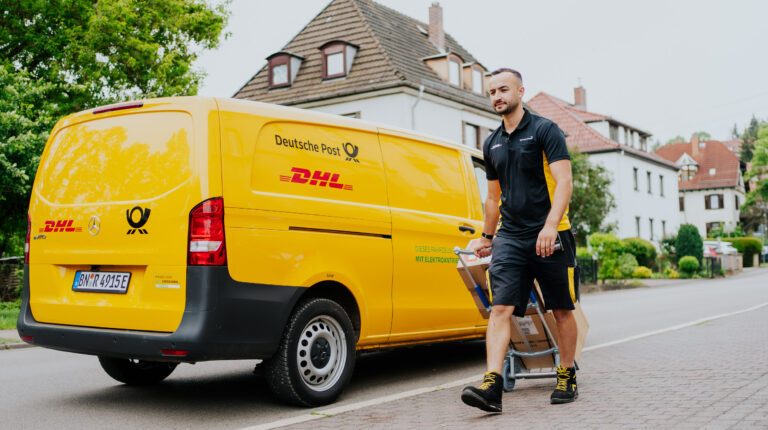Today (September 19) is Green Postal Day, when 24 postal companies around the world celebrate over 15 years of global partnership for a more sustainable postal system.
Since the start of their cooperation in 2008, these postal companies have reduced their total annual CO2 emissions by nearly 40% by way of the Sustainability Measurement and Management System (SMMS). By 2030, their goal is to lower CO2 emissions by an additional 50% compared with 2019, with 75% of energy consumption in their buildings supplied by renewable energy sources.
Tobias Meyer, CEO of DHL Group, one of the operators celebrating Green Postal Day, commented, “International cooperation among postal companies on climate protection is also important for our customers sending shipments abroad, because they expect reduced CO2e emissions along the entire route from sender to recipient, not just for portions of the route.
“Moreover, we need uniform standards and good regulation in the area of sustainability, like the so-called Book & Claim, so we can help our customers reduce their Scope 3 emissions. Working together as an industry is the only way to achieve this.
“Postal companies are making huge investments to transport mail and e-commerce shipments more sustainably. Hence the call to our customers: take advantage of the transport offers with CO2e reduction.”
Postal company priorities globally
In line with Sustainable Development Goal (SDG) 17 – Partnerships for the Goals – postal companies worldwide are focusing on partnerships for sustainable development. These partnerships span companies in Europe, North America, Oceania, Africa and Southeast Asia. This allows postal companies to benefit from each other’s experiences and drive progress toward their sustainability targets.
Collaboration and partnerships with all players are essential and already being put into practice. Through sustainable procurement programs, postal companies ensure that their suppliers comply with sustainability principles. Furthermore, the partnerships are focused on developing innovative solutions to reduce CO2 emissions and waste, as well as innovative options for sustainable delivery services.
This has already proved successful. The recycling rate for waste generated by postal companies is at 69%. In many countries, postal companies help promote the circular economy by collecting items from other sectors, which are then recycled.
Long-term trends
The postal sector plays an important role in the transition to a circular economy, not only through reducing its own impact but by providing the logistics required to enable more sustainable consumer behavior worldwide.
Optimized transportation routes and reverse logistics will be important components of a circular economy. This includes things like reducing fuel consumption and providing facilities in postal outlets for returning empty packaging. The postal sector can also build on its experience and networks to collaborate with governments and other sectors.
Decarbonizing long-haul transportation is becoming increasingly important to reduce the sector’s environmental impact. The technologies tested and refined for last-mile delivery are gradually being modified to meet the various requirements of long-distance shipping. High-performance charging technology is still in the development and standardization phase. Today, several postal companies deploy electric trucks for long-distance transportation, and postal companies are also working on additional innovations in sustainable fuel options for air freight.


